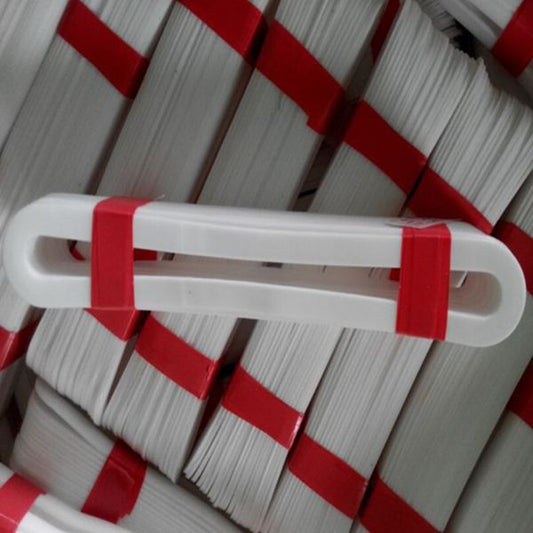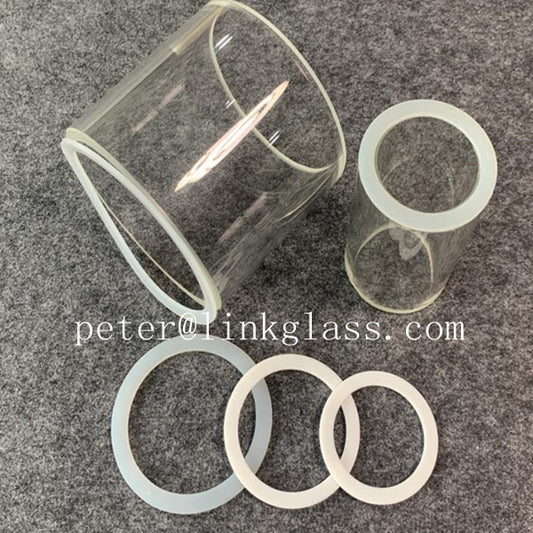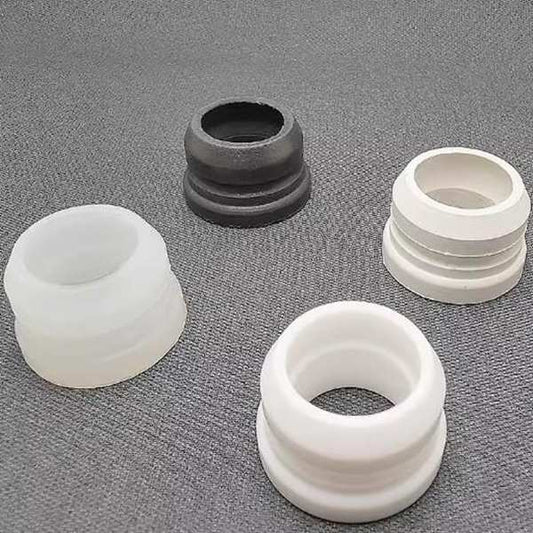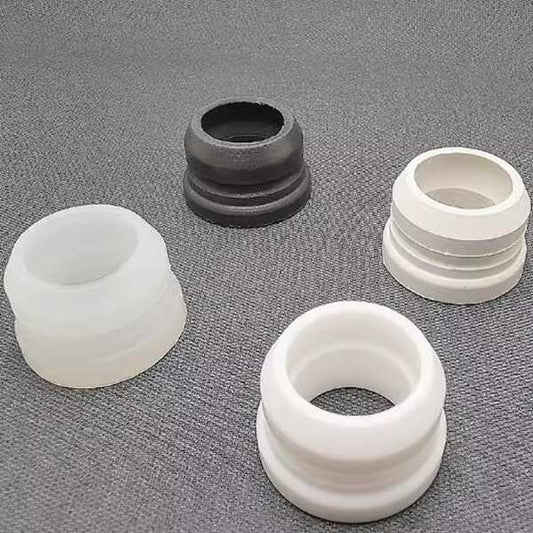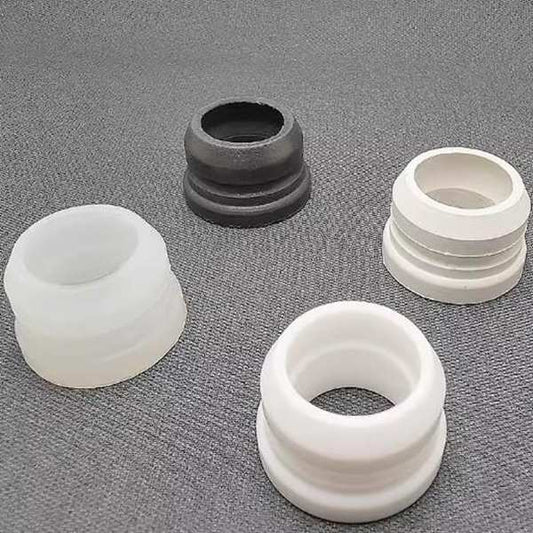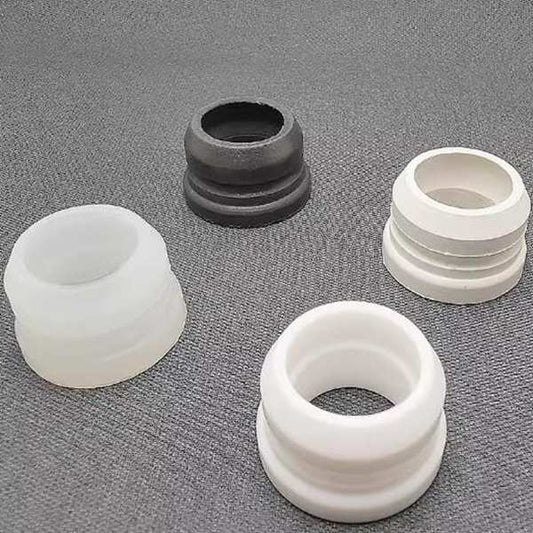Collection: sealing for sight glass
Sealing for sight glasses is crucial to prevent leakage and ensure the integrity of the sight glass assembly, especially in applications where the sight glass is exposed to high pressures or corrosive environments. Here are a few common sealing methods used for sight glasses:
-
Gasket Seals: This is one of the most common methods for sealing sight glasses. Gaskets made from materials such as rubber, silicone, PTFE (Teflon), or EPDM are placed between the sight glass and its mating surfaces. These gaskets create a tight seal when compressed, preventing leakage.
-
O-Ring Seals: O-rings made from materials such as Viton, Buna-N, or EPDM are used to seal the connection between the sight glass and its housing. O-rings provide excellent sealing properties and are suitable for various temperature and pressure ranges.
-
Thread Sealants: In some cases, thread sealants such as Teflon tape or thread sealant compounds are applied to the threads of the sight glass or its housing before assembly. This helps prevent leakage through the threaded connections.
-
Liquid Sealants: Liquid sealants, such as thread sealant compounds or anaerobic sealants, can be applied to the mating surfaces of the sight glass assembly before installation. These sealants cure in the absence of air and form a tight seal between the surfaces.
-
Welded Seals: In applications where sight glasses are welded directly onto the equipment, the weld itself provides the sealing. Proper welding techniques and materials are essential to ensure a leak-tight seal.
The choice of sealing method depends on factors such as the operating conditions (pressure, temperature, and media), the design of the sight glass assembly, and the compatibility of sealing materials with the process fluid. It's essential to select the appropriate sealing method and materials to ensure the reliability and safety of the sight glass installation.
-
A4 reflex gauge level glass with gasket product
Prix habituel $0.00 USDPrix habituelPrix unitaire / par -
fluorophlogopite sealing gasket
Prix habituel $0.00 USDPrix habituelPrix unitaire / par -
Gasket for level gauge glass
Prix habituel Du $2.00 USDPrix habituelPrix unitaire / par -
Flat silica gel and PTFE gasket ring for glass tube sight glass
Prix habituel Du $2.00 USDPrix habituelPrix unitaire / par -
Silica gel rubber gasket for cock liquid level gauge
Prix habituel Du $2.50 USDPrix habituelPrix unitaire / par -
EPDM Ethylene Propylene Diene Monomer gasket for tube liquid level gauge
Prix habituel Du $2.50 USDPrix habituelPrix unitaire / par -
PTFE polytetrafluoroethylene gasket for tube liquid level gauge
Prix habituel $6.00 USDPrix habituelPrix unitaire / par -
FKM gasket Viton Rubber Gasket fluoro rubber gasket for cock liquid level gauge
Prix habituel Du $4.00 USDPrix habituelPrix unitaire / par



